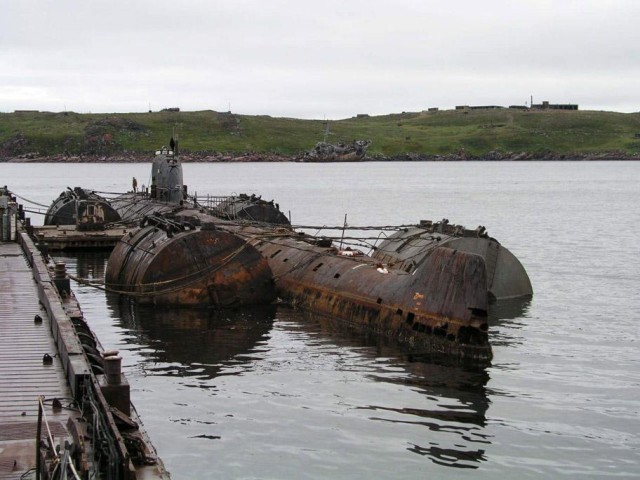
New Managing Director for Bellona Norway
The Board of the Bellona Foundation has appointed former Minister of Climate and the Environment Sveinung Rotevatn as Managing Director of Bellona No...
News
Publish date: September 12, 1998
Written by: Thomas Nilsen
News
The drama on board the Akula-class submarine, the first nuclear object ever in history to be hijacked, ended after 23 hours. Special anti-terrorist forces from the Federal Security Service (FSB) and the Northern Fleet prepared for an assault when the young sailor, Alexandr Kuzminykh, shot himself to death. The sailor’s mother and brother, in addition to a psychologist and a priest, had tried in vain to persuade him to give himself up. Instead, he threatened to blow up one of the torpedoes in the compartment where he had locked himself in.
Northern Fleet spokesman Sergei Anufriyev said in an interview with The Moscow Times there was no way Kuzminykh could cause an explosion or sink the submarine. However, all other vessels, including other nuclear submarines, had been evacuated from the area, as the Special Forces prepared for storming the hijacked Akula submarine. The torpedo casing is several centimeters thick, and cannot be detonated by gunfire from the sailors’ automatic rifle, according to the Navy’s spokesman. Nor could he start a fire on board, because the submarine’s powerful extinguishing system would be activated automatically.
Though Northern Fleet officials offered assurances that a torpedo cannot be detonated without training, in 1995 a case was recorded of two conscripts accidentally detonating a conventional missile warhead. The conscripts, stationed at a base at the Pacific Fleet, stole the warhead from the base’s arsenal, intending to strip it off precious metals. When they tried to open it with a hammer, the warhead exploded, vaporizing the conscripts.
The fact that other submarines, close to the hijacked Akula in Skalisty naval base, were evacuated is also a sign that no one could guarantee that the teenage sailor who had run amok would not be able to detonate some of the Akula’s 40 torpedoes. An explosion in the torpedo compartment could be strong enough to damage the submarine’s single reactor. Norwegian radiation protection authorities were on alert during the submarine drama, which took place only 120 kilometers from the Norwegian border in the north.

The Board of the Bellona Foundation has appointed former Minister of Climate and the Environment Sveinung Rotevatn as Managing Director of Bellona No...

Økokrim, Norway’s authority for investigating and prosecuting economic and environmental crime, has imposed a record fine on Equinor following a comp...

Our op-ed originally appeared in The Moscow Times. For more than three decades, Russia has been burdened with the remains of the Soviet ...

The United Nation’s COP30 global climate negotiations in Belém, Brazil ended this weekend with a watered-down resolution that failed to halt deforest...